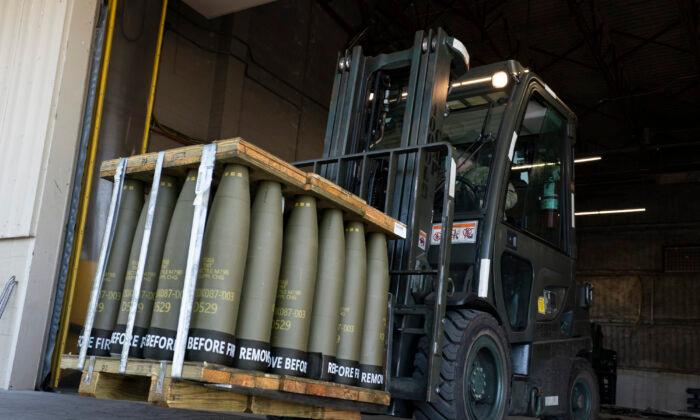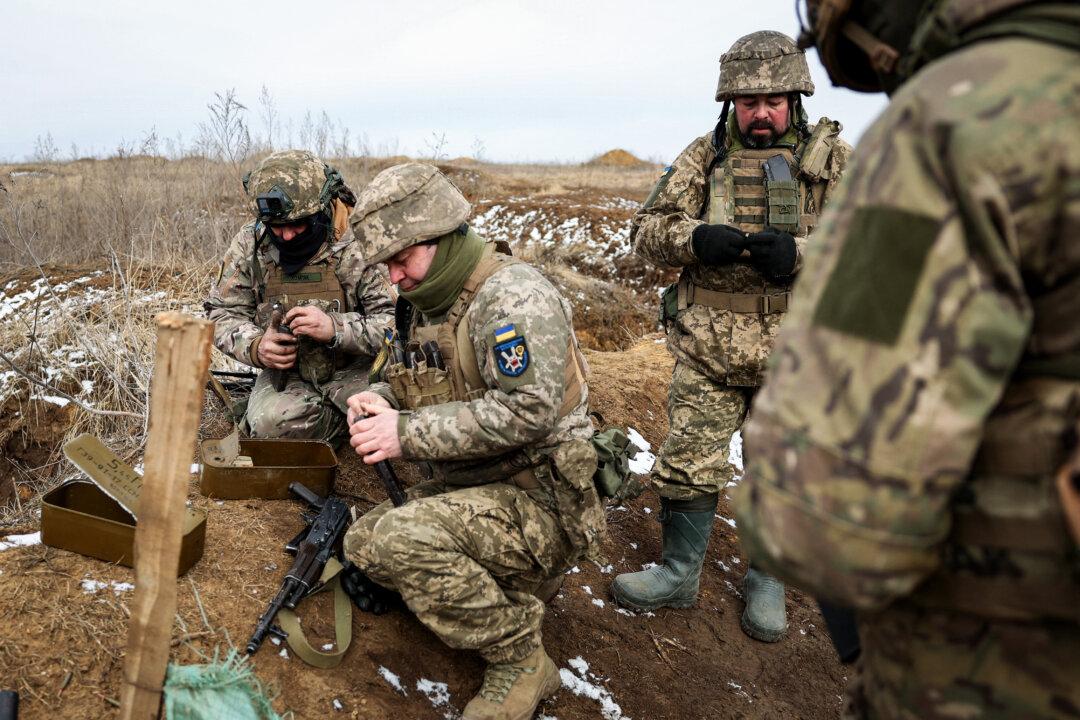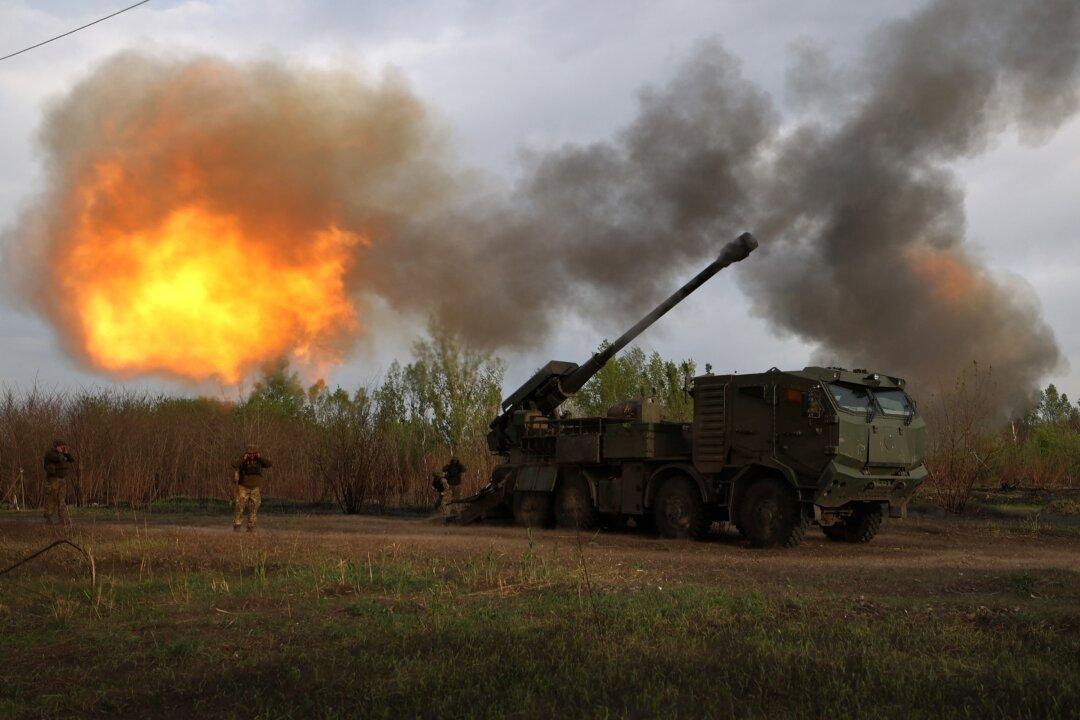The U.S. Army is seeking $18 billion to expand and modernize its munitions production capabilities following the critical depletion of key stockpiles because of the United States’ ongoing security aid to Ukraine.
The $18 billion is planned to be spent over 15 years, according to Army Secretary Christine Wormuth. The first tranche of investments—$1.5 billion—is included in the Pentagon’s budget request for fiscal year 2024.
That amount is expected to help the Army expand and modernize the nation’s ammunition production facilities, arsenals, and depots.
“We have 23 different ammo plants, arsenals, and depots around the country. That $1.5 billion is basically going in to try to modernize those plants,” Wormuth said during an April 19 hearing of the House Armed Services Committee.
WWII-Era Facilities Struggle to Meet Demand
A critical aspect of the problem facing U.S. munitions stocks is the United States’ aging infrastructure. Some active ammo plants, Wormuth said, were built during World War II.“The Army’s organic industrial base is very, very old. I think it’s fair to say it’s vintage in a lot of our arsenals and depots,” she said.
That presents numerous challenges to the military-industrial base, Wormuth added, not the least of which is the sheer cost of integrating new machining tools and software to upgrade the Army’s “organic industrial base.”
Another challenge is the scale at which the military will have to produce key munitions, like the 155 mm artillery round, to replace those it has delivered to Ukraine out of its own stocks.
Since Russia launched its attempted conquest of Ukraine last year, Wormuth said, the Army has increased its production of the 155 mm artillery round to 20,000 units a month from 14,000.
Wormuth expects the upgrades to produce 75,000 rounds a month within the next two years.
The drastic uptick, she said, was vital for “maintaining momentum” and ensuring that the nation could continue to focus on long-range precision capabilities.
Previous estimates of ammo consumed by a major conflict, she said, were too low.
“My sense is we’re going to need to do more,” Wormuth said. “One thing the war in Ukraine has shown us is that the estimates we’ve made for the munitions [required] for future conflicts are low.”
US Depleting Munitions Stocks in Ukraine
The U.S. Army has spent $20 billion on providing lethal assistance to Ukraine, including everything from tactical vehicles to the much-used 155 mm round.Despite the stoic facade presented by policymakers, however, the effort has critically depleted the United States’ own stockpiles of munitions, and Wormuth believes that large, multiyear procurement initiatives will be vital to fixing that problem.
One of the greatest lessons learned from Ukraine, she said, is the need for a more robust defense industrial base.
Speaking at the April 19 hearing, Army Chief of Staff Gen. James McConville said that more investments would be required to ensure the private sector is ready to produce munitions at the new, higher capacities necessary to avert such a scenario.
“Industry works on contracts, not on enthusiasm,” McConville said. “We have to replenish our war stocks.”





